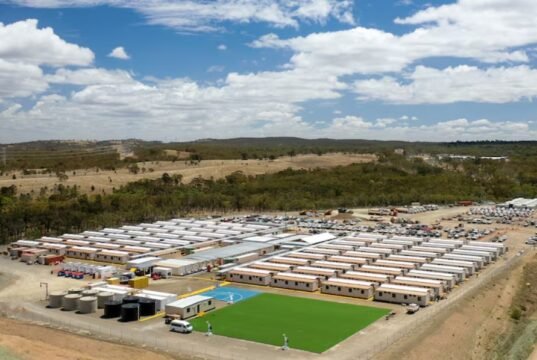Energía
Un nuevo enfoque para alojamiento de trabajadores temporales en Muswellbrook: vivienda...
En la localidad de Muswellbrook, una comunidad tradicionalmente minera que afronta un futuro incierto tras el declive del carbón, el Muswellbrook Shire Council ha...
Cerrar la brecha energética en Líbano: gas natural, renovables y conectividad...
Líbano sigue sin disponer de su propio gas natural. Desde la aprobación de la ley de explotación del petróleo costa afuera en 2010, el...
Targa Resources Corp. (TRGP): análisis completo en español de su fortaleza...
Targa Resources Corp. (NYSE: TRGP) es un actor de peso en el sector midstream de Estados Unidos, especializado en servicios de gas natural (natural...
Medioambiente
La defensa ambiental en el República Democrática del Congo: un llamado...
La República Democrática del Congo (RDC) alberga una de las reservas de biodiversidad más significativas del planeta. El inmenso territorio que ocupa gran parte...
Retrasos en la ley de la UE contra la deforestación ponen...
Las principales compañías agroalimentarias alertan sobre los peligros de aplazar la regulación ambiental europea
Grandes empresas del sector agroalimentario, entre ellas Nestlé, Ferrero y Olam...
Un naturalista de Orillia camina con propósito: restaurar la conexión y...
Nos hemos vuelto tan ocupados en los días de hoy que muchas veces estamos desconectados de la naturaleza. Es útil reaprender —o simplemente recordar—...

























